Caring For Houseplants in Winter

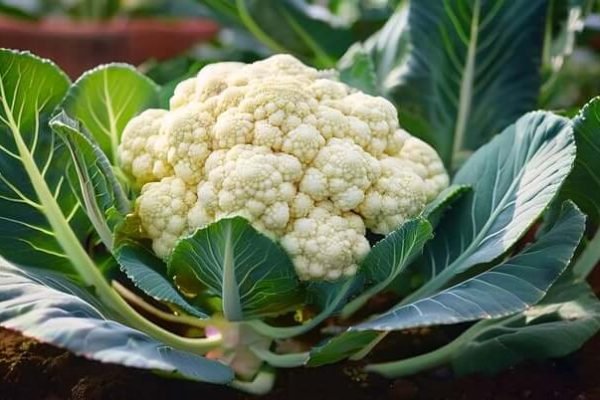
Indoor Vegetable Gardening Ideas
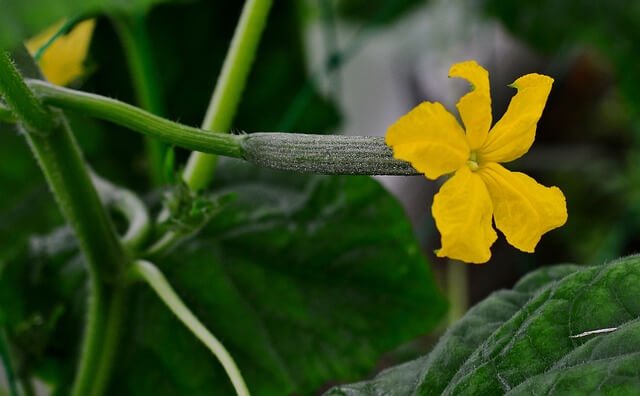


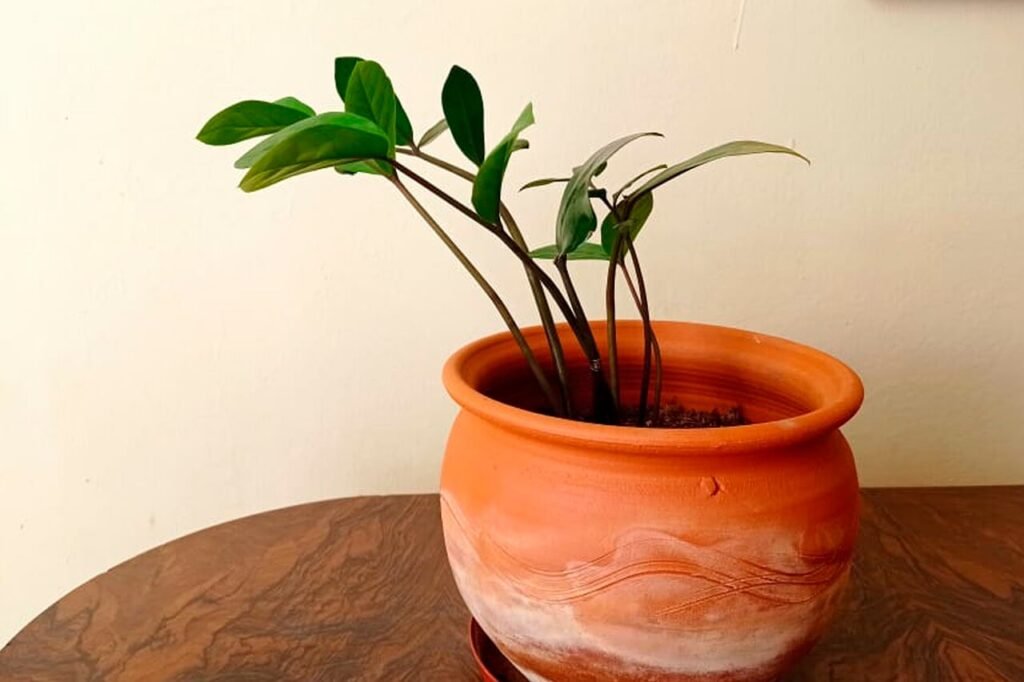
Caring for houseplant vegetables in the winter requires some extra attention to ensure they thrive despite the colder conditions. Since daylight hours are shorter, so I placing my plants near a bright window or using grow lights to supplement the lack of sunlight is important. Watering needs also change in winter, as houseplants generally require less water due to slower growth. I try to be careful not to overwater, allowing the top layer of soil to dry out between waterings. as well, maintain humidity by misting the plants or placing them near a humidity tray, as indoor heating can dry out the air and Fertilizing should be reduced, as most houseplant vegetables go into a resting phase in winter. Lastly, I make sure to protect them from cold drafts by keeping them away from windowsills or doors. By adjusting their care, you can keep your houseplant vegetables healthy throughout the winter months.
Indoor Plants: The Essential Guide to Choosing and Caring for Houseplants
Or
Caring For Houseplants While On Vacation
Growing garlic at home during winter is simple and rewarding. Here’s a step-by-step guide to indoor vegetable gardening ideas:

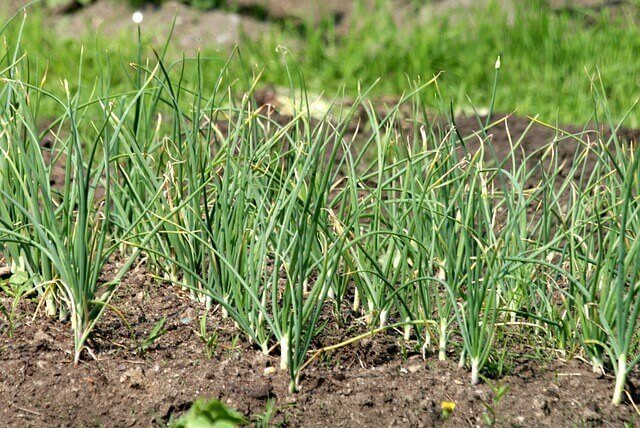


I choose fresh garlic:I select organic garlic bulbs from a local market or nursery. Softly I Break the bulb into individual cloves, keeping the papery skin intact.
Planting: With loose soil, I plant garlic cloves pointed end up, 2 inches deep, and space them about 4 to 6 inches apart. Then cover with soil.
Watering And Sunlight: Water lightly after planting and continue watering every few weeks, especially during dry spells. Be cautious not to overwater, as garlic can rot in overly wet conditions.
I place it in a sunny location with 6 to 8 hours of sunlight daily in winter.
Protection Tips: If you live in an extremely cold area, cover the garlic beds with a frost cloth or plastic during severe frost.
Ensure that soil drainage is good to avoid waterlogging, as garlic dislikes sitting in wet soil during winter. I used extra electric light to make sure they were warm.
With proper care, I used My loving garlic leaves for coock in whole season in winter and It was ready to harvest by late spring or early summer providing fresh bulbs for my kitchen.
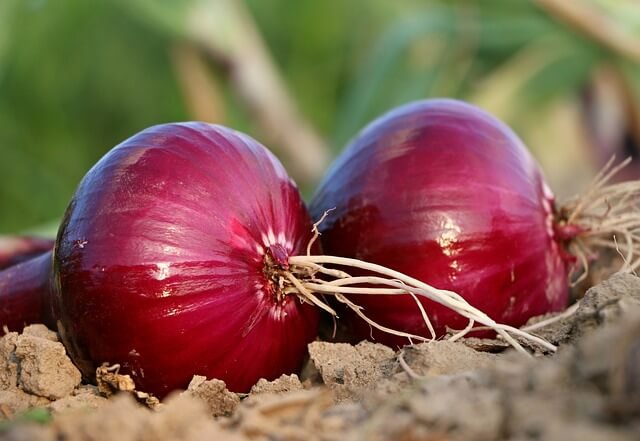

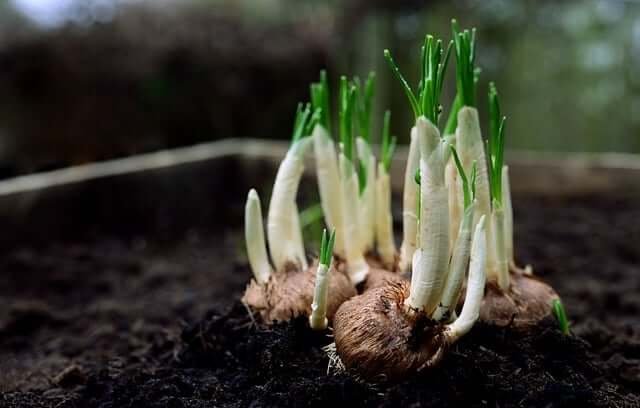

Indoor Plants: The Essential Guide to Choosing and Caring for Houseplants
Or
Caring For Houseplants While On Vacation
Growing onion at home during winter is simple and rewarding. Here’s a step-by-step guide to indoor vegetable gardening ideas:
Onion: Onions planted at home during winter are a great way to enjoy a fresh supply of onions. How to do it and protect them through the colder months:
1. Choosing Onion Type:
I select winter onions which are hardy and can survive colder temperatures. winter bunching onions.
2. Planting Onion : I start to Sow indoors seeds in a tray or small pots, covering them lightly with soil. After a week I Plant these onion sets directly into containers. I make holes about 1 inch deep, spacing the sets 4-6 inches apart with the pointed end facing up.
3. As preparation of soil :Onions thrive in well-drained, fertile soil. I mix compost or organic fertilizer into the soil to enhance its nutrient content.
4. Watering:
After sowing, I water the soil lightly. Onions need consistent moisture but I avoid overwatering as this can lead to rot, especially in winter. I Water when the upper layer of soil feels dry.
5. Sunlight: I follow the same process of garlic and onion.
Place your onions in a sunny location where they can receive at least 6-8 hours of sunlight daily.
6. Protection With Mulching :
During winter, mulching is essential. you can try to apply a thick layer of mulch, such as straw or leaves, over the soil. This protects the onions from overcold and helps maintain soil temperature. Mulching also keeps weeds at bay and conserves moisture. As I keep them indoors so I do not use mulch.
7. Frost Protection: If you live in an area with harsh winters, consider covering the onion bed with a frost cloth or plastic during extreme cold spells. This will keep the onions insulated without overheating them.
8. Check for Pests and Diseases: It going to be my habit to regularly inspect the onions for any signs of pests or diseases. Winter onions are generally resilient, but it’s good to catch any issues early.
By following these steps, I can grow onions well and strong through winter, and you’ll be able to harvest them in the spring, enjoying fresh, homegrown produce.




Indoor Plants: The Essential Guide to Choosing and Caring for Houseplants
Or
Caring For Houseplants While On Vacation
Sowing ginger at home season in winter is simple and pleasing. Here’s a step-by-step guide to indoor vegetable gardening ideas:
Ginger planting at home during winter can be a pleasing experience, as ginger is a handy spice with many health benefits.
1. My preparing the ginger rhizome: At first , I purchase fresh ginger from a store or use a piece you already have at home. Choose a ginger rhizome (the root) with visible “eyes” or small buds.
Cut the rhizome into smaller pieces, each about 1-2 inches long, making sure each piece has at least one bud.
2. Soaking the Ginger: Before planting, soak the ginger pieces in warm water for a few hours. This helps activate the buds and encourages sprouting.
3. I Select a Kitchen Wide Tray Or Container: Select a wide and shallow container because ginger grows horizontally. Ensure the pot has good drainage to prevent waterlogging, which can cause rot.
4. Soil Preparation:I use loose, rich, and well-draining soil and Mix potting soil with compost to provide the ginger with enough nutrients for healthy growth.
5. Planting the Ginger: Place the ginger pieces in the soil with the buds facing up.
Cover them with about 1-2 inches of soil. Ginger grows slowly, so At this time patience is important as it may take several weeks to see growth.
6. Watering: Water the soil lightly after planting. Keep the soil consistently moist, but avoid over-water. Water the ginger whenever the top inch of soil feels dry.
7. Sunlight: Ginger needs warmth and indirect sunlight to grow well, especially in winter. Place the pot in a sunny spot indoors, near a south-facing window, where it can get plenty of natural light but not direct sunlight.
8. Protection from Cold: Since ginger is sensitive to frost, ensure the temperature indoors stays warm. If you experience particularly cold nights, you can move the pot to a warmer room or cover the plant with a cloth for extra protection.
9. Cover With Mulching: To protect the ginger from temperature fluctuations, apply a layer of such as straw or dried leaves over the soil. This will help keep the soil temperature stable.
10. Fertilising: Feed your ginger plant every few weeks with a diluted organic fertiliser or compost tea to promote growth and ensure it gets the nutrients it needs.
By providing warmth, moisture, and protection from frost, your ginger will grow steadily during winter. After several months, you can start harvesting small pieces of ginger as needed, while letting the rest continue to grow.




Indoor Plants: The Essential Guide to Choosing and Caring for Houseplants
Or
Caring For Houseplants While On Vacation
Seedling of tomato seeds at home In winter season it is easy and pleasing. Here’s a step-by-step guide to indoor vegetable gardening ideas:
Tomatoes: Planting tomatoes at home in winter can be challenging due to the cold, but with the right techniques, you can grow them successfully indoors.
1. Choosing the Right Variety: Select a variety of tomatoes that grow well indoors or in containers. Cherry tomatoes or dwarf varieties are ideal for winter cultivation because they take up less space and tend to mature faster.
2. Starting from Seeds: Begin by planting tomato seeds in seed trays or small pots with a well-draining seed-starting mix.
At first, I plant the seeds about 1/4 inch deep and cover them lightly with soil.
Then I try to Keep the soil moist and place the trays in a warm, sunny spot or under a grow light. Tomatoes need warmth around 70-75°F to germinate, which usually takes about 7-10 days.
3. Transplanting: Once the seedlings have grown two or three sets of leaves, I transplant them into larger pots with rich, well-draining soil. Each pot should be at least 10-12 inches deep to allow the roots to grow properly.
4. Providing Light: Tomatoes need plenty of light to thrive, especially in winter when natural sunlight is limited. This time I place my tomato plants near a south-facing window or balcony where they can get 6-8 hours of sunlight per day. If natural light is insufficient, then I used grow lights to provide the necessary light spectrum.
5. Watering: It should be noted that the soil needs to be consistently moist, but I always try to avoid overwatering. I water the plants two to three every week or when the top inch of soil feels dry and I ensure the pots have drainage holes to prevent root rot.
6. Temperature: Tomatoes thrive in temperatures between 65-75°F. Since winter temperatures can fluctuate indoors, so I try to maintain a stable temperature. I Keep my plants away from drafts, cold windows, or heating vents that could stress the plants.
7. Fertilizing: I feed my tomato plants every two to three weeks with a balanced organic fertilizer or a tomato-specific fertilizer. This will give them the nutrients they need to grow strong and produce fruit.
8. Supporting the Plants: As my tomato plants grow, they may need support to hold up the weight of the stems and fruit. I especially use stakes or small tomato cages to help the plants stay upright.
9. Pollination: As indoor environments lack wind or pollinating insects, I hand-pollinate the flowers by gently shaking the plant or sometimes using a small paintbrush to transfer pollen between flowers.
10. Protecting from Cold:
To protect tomatoes from cold drafts or temperature drops in winter, I cover the plants with a cloth or plastic at night. If you are growing tomatoes in a greenhouse or cold frame, ensure they stay warm enough by using heaters or insulating the structure.
11. Pruning:
I prune my tomato plants to remove any yellowing or dead leaves and pinch off the suckers which are small shoots growing between the main stem and branches to direct energy toward fruit production.
By providing adequate warmth, light, and care, we can successfully grow tomatoes indoors during the winter and enjoy fresh produce even in the colder months.


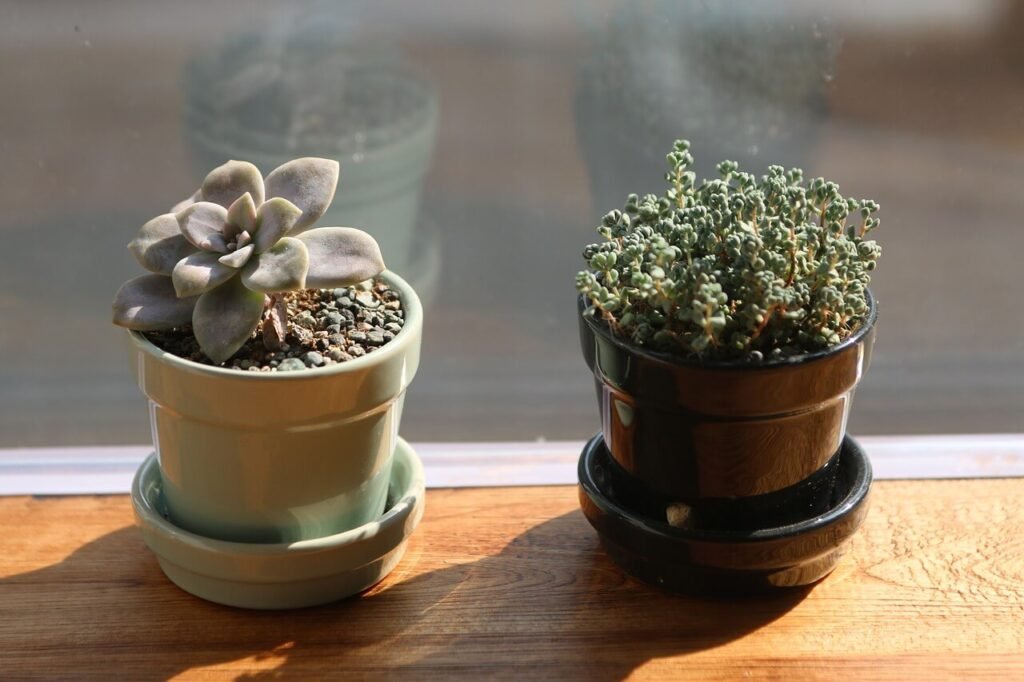


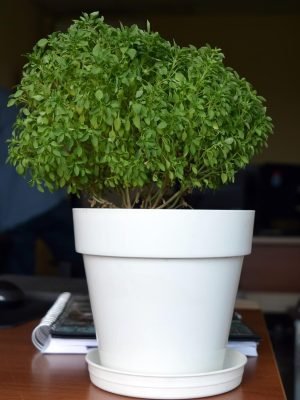


About Author
I am an experienced indoor gardener working happily
and successfully in this sector for about five years.
Thank You

